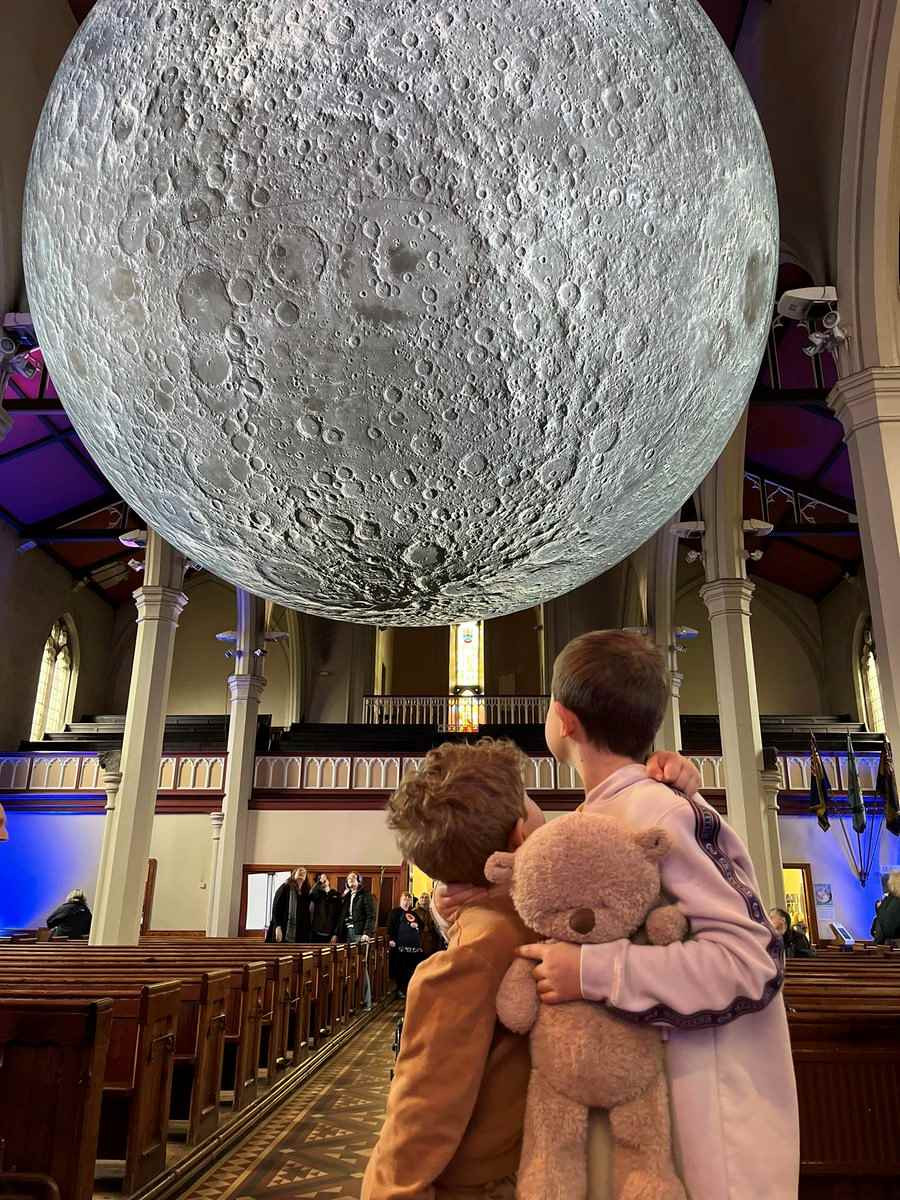#WomenEd Blogs
Blagg-ing It: Notes from an exhibition in Cheadle
During the recent school holidays I took my sons to see an exhibition which celebrated the engineering STEM work of Mary Adela Blagg (1858- 1944).
Blagg lived in the market town of Cheadle in Staffordshire her whole life, having taught herself mathematics by reading her brother's text books – and during middle age she found herself as part of an illustrious group – one of the first females to join the Royal Astronomical Society. The resulting work is that Blagg essentially mapped the moon, a crater and minor planet have since been named after her as a consequence – serving as a fitting legacy for someone who clearly aimed for the stars (howsoever unintentionally).
I was struck by a number of things during this exhibition – firstly the unlikely nature of a middle aged, unmarried woman in the early twentieth century being at the forefront of astronomy – more specifically, had she been married and a mother would she had been in possession of enough autonomy in order to become at the forefront of astronomy? It's not lost on me that there are many other trailblazing women we're not aware of – as Virginia Woolf put it "for most of history 'anonymous' was a woman."
However, it was her obituary (shown at the exhibition) that piqued my interest the most - it described her as having "the brain of a man" – clearly the only way that 1944 patriarchy could process her work and many accomplishments was to place it in the context of men. This assessment of her is problematic because it is at once diminishing and emphasising her academic standing. This statement needs to be considered in the social and historical context it was made – an era when men were the academic yardstick against which women were (unfavourably) compared.
As such, Blagg's obituary can be considered as high patriarchal praise – indeed literally the highest accolade possible for a brilliant woman: not a woman.
Blagg was unassuming and I suspect would have been horrified to have been considered a disruptor – though she successfully infiltrated the most elitist of "boys' club" and pioneered the way for more women to enter academia and astronomy.
Over a hundred years since Blagg and four other women became the inaugural female members of the Royal Astronomical Society, females remain woefully underrepresented in STEM in 2024.
According to research published by Women in Tech just over a quarter of people employed in STEM are female – which feels like the manifestation of an issue we see in schools (35% of girls and 80% of boys) - whereas at university, 25% of graduates in STEM are women and 52% are men.
So whilst having "the brain of a man" may not feel terribly aspirational in 2024 – continuing to explore, challenge and disrupt hitherto male-dominated terrain absolutely is.
When you subscribe to the blog, we will send you an e-mail when there are new updates on the site so you wouldn't miss them.

Comments